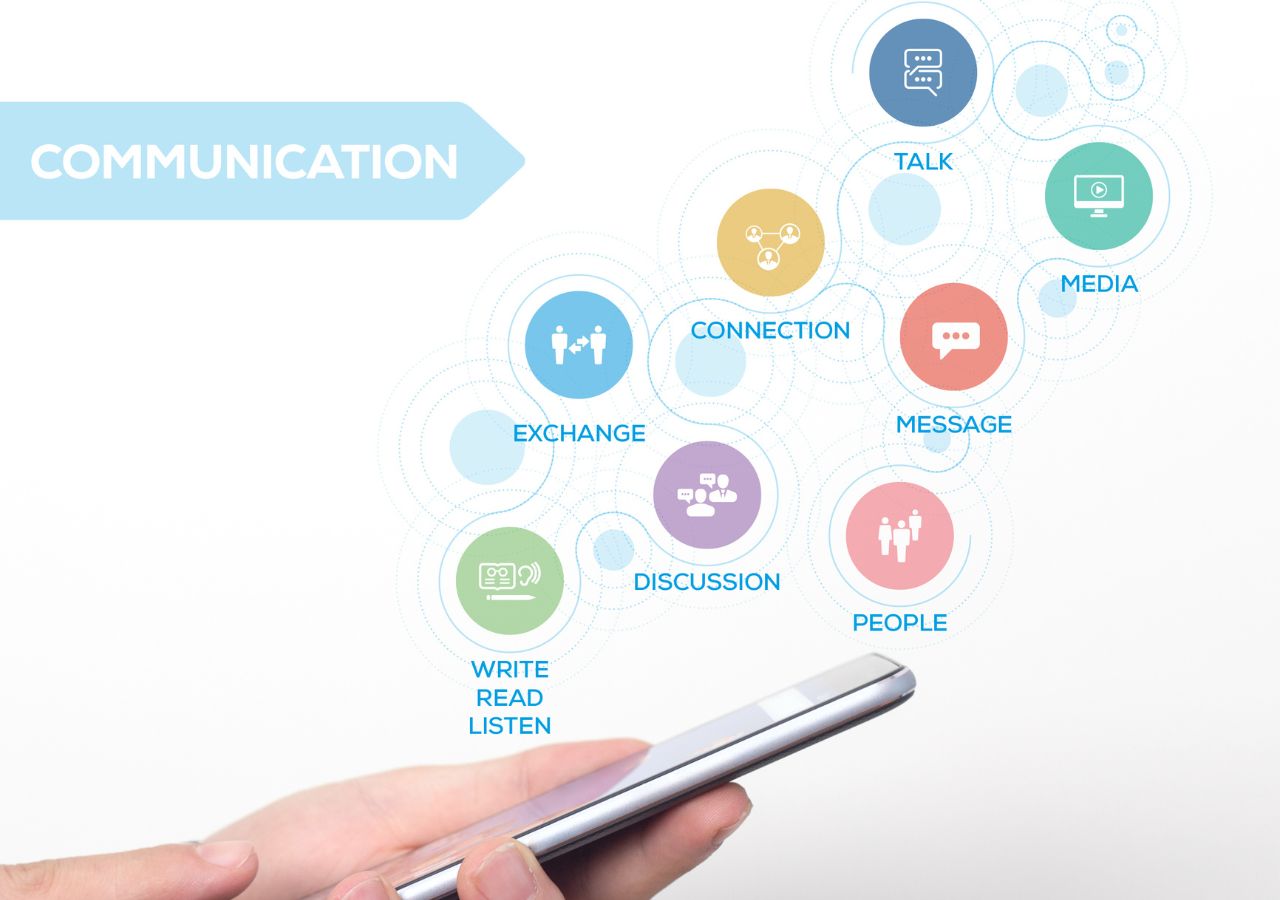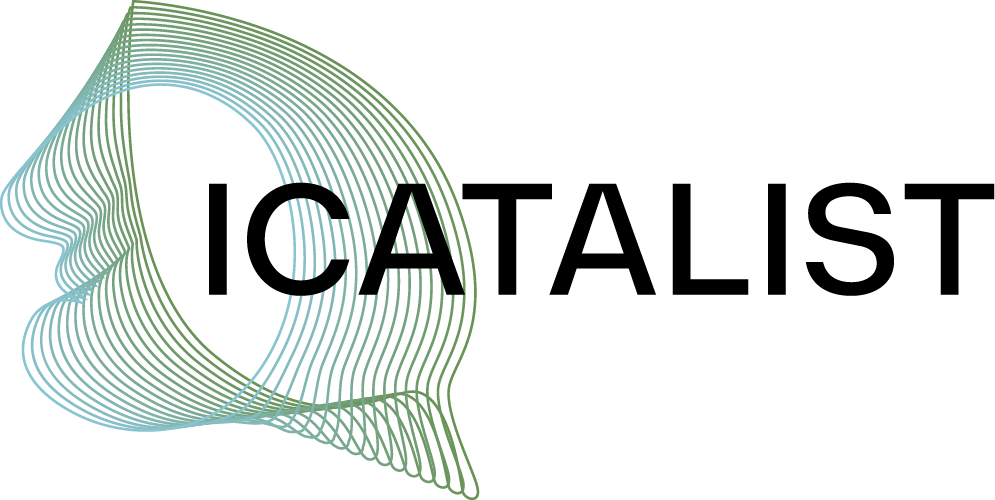Author: Marianne Wehbe
More infoBut cutting through the noise and misinformation to reach people is challenging.
It’s a challenge we understand well at Alter! and one we’re engaged in every day, working to translate and connect vital climate change research with the people who need it most: policy makers, activists, business people and educators, among many others.
However, the good news is that by combining different methods, channels and materials, we can communicate about climate change in a way that’s understandable and accessible to all.
When we do that, it inspires people to act — one informed decision at a time.
Let’s take a look at how to communicate climate change, starting with where you get your information from.
1. Communicating the science of climate change: The need for reliable sources
2. Beyond the lab: real-world insights
3. Publicly accessible sources of climate change information
4. Climate change communication strategy
5. How to get your message across: Climate change communication made simple
6. Communicating about climate change: Empower people with the right message at the right time
Climate change is such a complex, contentious field that having trustworthy information is vital. And to trust it, it helps to understand where it comes from.
Let’s break down what happens before you read about climate change in the news.
Acting as the planet's detectives, climate scientists conduct extensive research using various methods to understand climate change and its impact. They employ climate models, collect data, and study various aspects of the phenomenon. This allows us to understand risks, adapt and reduce the impacts on people, ecosystems and economies.
To do this, they use quantitative methods like models and measurements and qualitative approaches like interviews and surveys. Among other methods, these include:
- Monitoring environmental data, including temperature and sea level rise, to track climate change's progression. Reliable data is crucial for evaluating the effectiveness of adaptation and mitigation efforts.
- Models to simulate potential climate scenarios. While uncertainties exist, these models are invaluable tools for guiding strategies and policies to mitigate the effects of climate change.
- Vulnerability assessments also play a crucial role in identifying areas most at risk from climate change. For example, communities in low-lying coastal areas or that depend on global fish stocks, which are likely to be hit hard by climate change. This information informs adaptation and risk reduction efforts, though data availability and understanding can sometimes limit the assessments' effectiveness.
By combining these methods, scientists improve our understanding of climate change issues — and provide us with cold hard facts that lend authority to our communications.
While science gives us the big picture, real-world examples also provide valuable information that completes the picture.
In addition to using models to simulate potential futures under different climate scenarios, which helps identify risks and opportunities, it's important to acknowledge the uncertainties and potential for change inherent in these scenarios.
That’s why interviewing those directly affected by climate change, such as community groups and NGOs, offers unique insights and local solutions that complement scientific research. However, it can be challenging to effectively engage a diverse range of stakeholders and gather comprehensive information.
Analysing various case studies and examples of adaptation and mitigation efforts also reveals both effective approaches and pitfalls. This practical knowledge is invaluable for informing strategies and ensuring their successful implementation.
Now you know where climate change data comes from, let’s look at how you can access and use it.

To foster meaningful dialogue around climate change, it's essential to access credible and timely information. Here are some sources we recommend:
- The United Nations Climate Change website, provides comprehensive information on the science, impacts, and solutions related to climate change. It also offers fact sheets and other resources.
- The Intergovernmental Panel on Climate Change (IPCC) offers authoritative assessments of the latest climate science from leading experts worldwide.
- Guides and resources from organisations like Creative Carbon Scotland and the EAUC (Environmental Association for Universities and Colleges) provide practical advice on communicating climate change effectively.
- Another good source of information is the World Resources Institute (WRI), where you can find information about transforming food production, energy use, and urban design while protecting nature and stabilising the climate.
By using these reputable sources, policymakers, activists, business people, and educators can create accurate climate change communication, ensuring their messages are relevant, and impactful within their respective spheres of influence.
So you’ve got all the information, but how can you make it resonate? To effectively communicate climate change findings, we recommend using various tools and channels to suit your message and audience:
Different communication methods and channels
1. Infographics and visuals: Visual representations of data.
2. Storytelling: Narratives that people can relate to.
3. Serious games: Interactive and immersive games like Game On!.
4. Social media: Online channels to connect with your audience.
5. Podcast: Educational and informative audio content.
6. Newsletters: A concise email update delivering news and information to subscribers regularly.
7. Events: Physical and online gatherings or forums.
8. Websites & blogs: Online platforms hosting content, services, or information updated with posts on specific topics.
9. Non-technical articles: Written pieces accessible to general readers.
10. Videos: Visual content delivering information or entertainment.
11. Advertisements: Promotional messages or content.
Click on the infographic for a deep dive into each method and its pros and cons.
Now you know which channels to use, let’s look at how to communicate with your audience.
Effectively communicating the urgency and impacts of climate change is crucial for mobilising action and fostering a sustainable future. By employing clear, relatable messaging and using the right platforms, you can inspire individuals and communities to take meaningful steps toward mitigating the climate crisis.
Here’s how:
1. Understand your audience: Research your target audience's values, concerns, and knowledge levels about climate change. Check out what they’re searching for on Google and looking at on social media. This will allow you to create content that speaks to their unique concerns. Consider how their local and personal contexts may influence how they experience climate-related issues.
2. Use the right channels: Use appropriate channels to reach your audience, such as social media, community events, or targeted advertising. Be sure to tailor your content by demographic, etc. as well. Younger generations respond better to audiovisual content than to long-form blog posts, for example.
3. Make it relatable: Incorporate examples that people can relate to personally. Highlight how climate change affects their daily lives, whether through changes in local weather patterns, impacts on wildlife, or disruptions in community activities.
4. Use clear, simple messages: Communicate in a way that is accessible and understandable to your target audience — and meet them at their level. For example, if you’re communicating with policy makers, you can skip explaining what climate change is and get straight to topics like how they can translate European directives into local policy. Visuals, analogies, and metaphors will all help explain complex concepts and make information relatable and digestible.
5. Use clear, accessible language: Avoid jargon and technical terms that may confuse people or leave them cold. Use language that is straightforward and accessible, ensuring that complex concepts are explained in a way that’s easy to understand.
6. Craft personalised messages: Develop messages that resonate with your audience's unique needs and perspectives. Use relatable stories, compelling visuals, and concise language to convey complex information in a way that is engaging and understandable. Share stories and examples of how climate change affects people's lives, livelihoods, and wellbeing. Personal narratives can create an emotional connection and motivate action.
7. Create a sense of urgency: Help people understand that climate change is not a distant threat but a pressing issue with immediate and long-term consequences. Emphasise the need for swift action to mitigate its impact. Reliable statistics and information will help here.
8. Offer practical solutions: Provide actionable steps that individuals, communities, and organisations can take to reduce their carbon footprint, conserve resources, and contribute to a more sustainable future.
9. Be positive: There’s too much doom and gloom about the climate crisis and it can make people feel hopeless, like there’s no point taking action. To counteract this, share positive stories in an uplifting tone to motivate people and help them see what can be achieved.
10. Use psychology: Understand different types of attention and how beliefs and emotions influence perceptions. Once you know this, you can choose the most impactful images, messaging and narratives to connect with your audience. Aligning your communication with their values can help overcome biases, build trust and inspire action.
11. Motivate collective action: Encourage collaboration and cooperation among individuals, groups, and governments to address the challenges of climate change collectively. Leverage the power of user-generated content and community engagement online to reach a wider audience and foster collaboration. By partnering with influencers, thought leaders, and organisations, you can amplify your message and create a ripple effect of positive change.
12. Measure your impact: Track the effectiveness of your communication strategies and adjust your approach based on feedback and results.
13. Build trust and credibility: Share accurate, up-to-date information from reputable sources, such as scientific organisations, experts, and thought leaders. Transparency and reliability are key to building trust with your audience, so you need to be thorough about fact-checking. Again, partnerships with trusted influencers and through leaders will help here.
By following these guidelines and taking a strategic approach, you can effectively communicate the urgency of climate change and inspire others to take action.

Communicating about climate change is a big challenge, but together we’re up to it. By following the tips in our guide to how to communicate climate change and leveraging the right channels and content types you can create messages that land with your audience — whoever they are.
Climate change is a complex issue, but with reliable information and tailored communication strategies, you can make a real impact. It’s all about knowing your audience and what resonates with them.
Use diverse methods and tools – and reliable information sources – to generate reliable and trustworthy climate change information. This empowers educators, policymakers, businesses, and the general public to make informed decisions and take meaningful action towards a sustainable future.
Want more helpful tips like these?
Sign up to our newsletter
Sources
Collaborators
Organizations

consultancy in sustainability and climate change adaptation
Icatalist